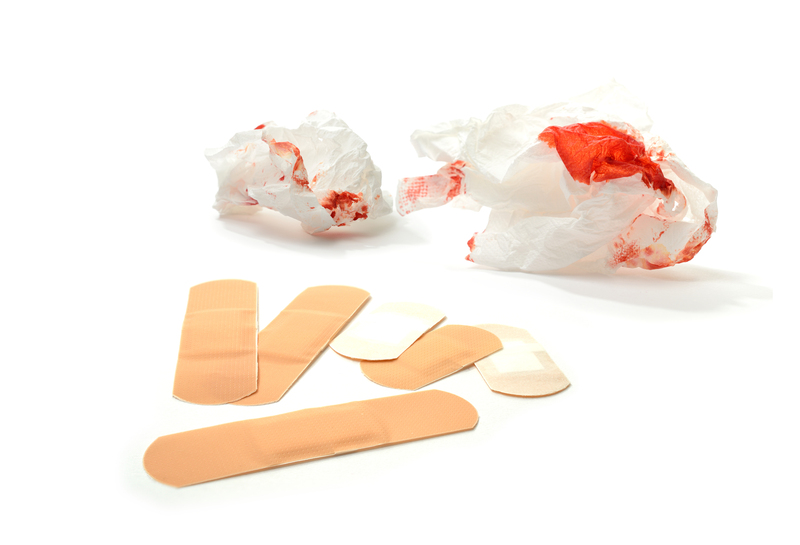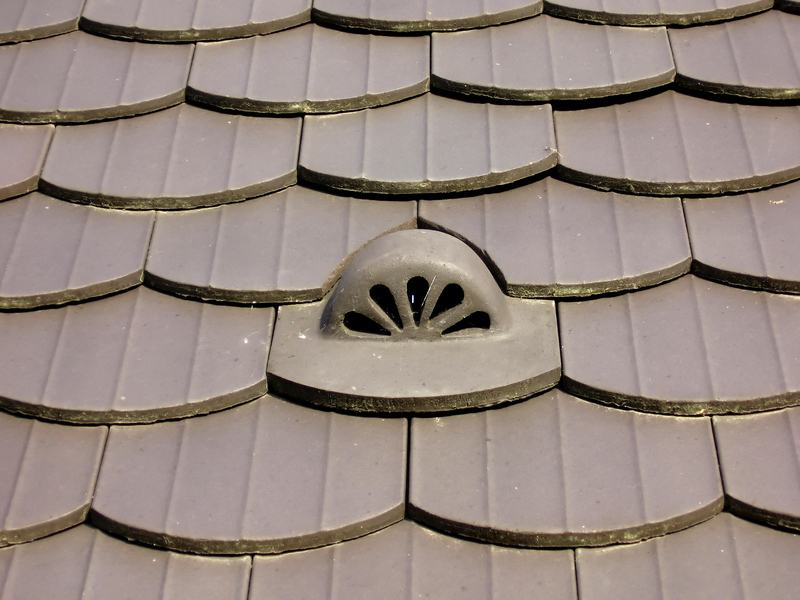Safely Clean Walls: Top Tips and Tricks
Posted on 18/01/2025
Cleaning walls is an essential task that often gets overlooked in routine cleaning schedules. Walls can accumulate dust, fingerprints, smudges, and all sorts of dirt over time. Regular cleaning keeps your home looking fresh and well-maintained. However, it's important to clean walls safely to avoid damaging paint, wallpaper, or the wall material itself. This article will provide you with comprehensive guidance on how to clean various types of walls safely and effectively.
Understanding Wall Types and Materials
Before you begin cleaning your walls, you need to identify the type of wall surface you're dealing with. Different walls require different cleaning techniques and products. Here's a brief overview of common wall materials:
- Painted Walls: These are the most common and can be either glossy or matte. Glossy paints are more durable and can withstand more rigorous cleaning, while matte paints are more delicate.
- Wallpaper: Wallpaper can come in various materials like vinyl, paper, or fabric. Each type requires specific care to avoid damaging the pattern and adhesive.
- Tile Walls: Found mostly in bathrooms and kitchens, tile walls are quite durable but often have grout lines that can harbor dirt and mold.
- Wood Paneling: Wood walls require careful cleaning to avoid damaging the finish and causing warping or other issues.

Basic Cleaning Supplies
You'll need a variety of cleaning supplies to safely clean your walls. Here's a list of items you should have on hand:
- Mild detergent or dish soap
- White vinegar
- Baking soda
- Microfiber cloths or soft sponges
- Buckets of warm water
- Soft-bristle brush
- Dry towels
Preparing the Walls
Preparation is key to ensuring a thorough and safe cleaning process. Follow these steps to prepare your walls:
1. Dust the Walls: Begin by removing dust and cobwebs using a microfiber cloth or a vacuum cleaner with a brush attachment. This will prevent dust from turning into grime when you start washing the walls.
2. Cover and Protect: Use drop cloths or old sheets to cover furniture and floors near the walls you intend to clean. This will protect them from any drips or spills.
3. Spot Test: Always test your cleaning solution on a small, inconspicuous area of the wall to ensure it doesn't damage the paint or material.
Cleaning Painted Walls
When cleaning painted walls, the method will vary depending on whether the paint is glossy or matte.
For Glossy Painted Walls:
1. Mix the Cleaning Solution: In a bucket, mix warm water with a few drops of mild detergent.
2. Clean the Wall: Dip a microfiber cloth or sponge into the solution, wring out excess water, and gently wipe the wall in a circular motion.
3. Rinse: Rinse the cloth or sponge in clean water and wipe down the wall to remove any soap residue.
4. Dry: Use a dry towel to blot the wall dry.
For Matte Painted Walls:
1. Gentle Cleaning: Use a soft sponge with the same mild detergent solution, but be more gentle and avoid scrubbing. Matte paint is more prone to showing wear and tear.
2. Rinse and Dry: Rinse with clean water and dry the wall with a towel.
Cleaning Wallpapered Walls
Cleaning wallpaper can be tricky due to the different materials and adhesives used.
For Vinyl Wallpaper:
1. Prepare the Solution: Mix a mild detergent with warm water.
2. Spot Test: Perform a spot test on a hidden area to ensure the wallpaper doesn't react negatively.
3. Clean Gently: Use a soft cloth or sponge to gently clean the wallpaper. Avoid soaking the fabric to prevent damaging the adhesive.
4. Rinse and Dry: Wipe with a damp cloth to remove soap residue and then dry with a towel.
For Paper or Fabric Wallpaper:
1. Dusting: Stick to dry cleaning methods like dusting with a microfiber cloth or using a vacuum with a brush attachment.
2. Spot Clean: For stains, use a slightly damp cloth with a small amount of mild soap and gently dab the spot. Avoid excessive moisture.
Cleaning Tile Walls
Tile walls are commonly found in wet areas like kitchens and bathrooms, requiring regular cleaning to prevent mold and mildew.
1. Vinegar Solution: Mix equal parts of white vinegar and water in a spray bottle.
2. Spray and Scrub: Spray the solution onto the tiles and use a soft-bristle brush to scrub the tiles, paying extra attention to grout lines.
3. Rinse: Rinse with water and wipe dry with a towel.
For tougher stains, you can use baking soda paste (baking soda mixed with water) as a gentle abrasive to scrub the tiles and grout.
Cleaning Wood Paneling
Wooden walls add a rustic charm but can be sensitive to water and harsh chemicals.
1. Dust First: Start by dusting the wood paneling with a dry microfiber cloth.
2. Mild Soap Solution: Mix a small amount of mild detergent with warm water in a bucket.
3. Damp Wipe: Use a soft cloth dipped in the solution (and wrung out well) to wipe down the walls in the direction of the grain.
4. Dry Thoroughly: Immediately dry the walls with a dry towel to prevent water damage.

Special Tips for Stubborn Stains
Sometimes, regular cleaning methods just aren't enough for stubborn stains. Here are some advanced tips:
1. Magic Erasers: These can work wonders on tough stains like scuff marks, but use them sparingly and test on a small area first as they can be abrasive.
2. Baking Soda Paste: For grease and stubborn stains, make a paste of baking soda and water, apply to the stain, and scrub gently.
3. Hydrogen Peroxide: Use a solution of hydrogen peroxide and water on mold or mildew spots, especially in bathrooms. Make sure to wear gloves and ventilate the area well.
Conclusion
Keeping your walls clean not only improves the appearance of your home but also contributes to a healthier environment. By understanding your wall types, using appropriate cleaning techniques, and taking some precautionary measures, you can safely clean your walls without causing any damage. Whether you're dealing with painted walls, wallpaper, tiles, or wood paneling, the right approach will help you achieve the best results. Regular maintenance and prompt attention to stains can keep your walls looking new for years to come.
Remember, when in doubt, always perform a spot test and start with the gentlest cleaning method. Your walls will thank you for it!



